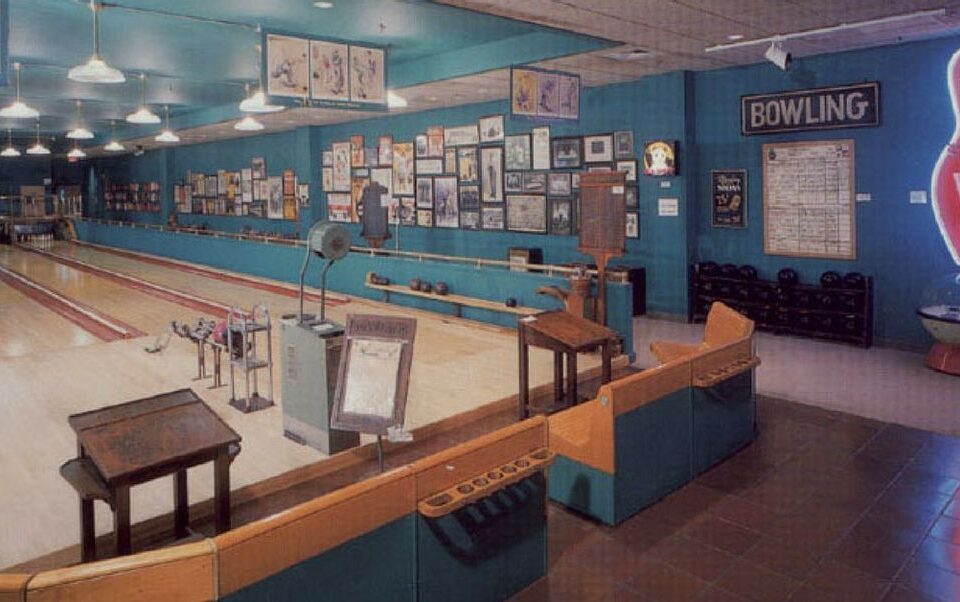Posted on in by
Enduring the impact of countless bowling balls, reclaimed bowling alley is a durable surface, but generally sought for it’s look – the clear narrow boards assembled in butcher block fashion. And with any luck, a few alley markings. Largely due to metal rods that intersect and join the narrow boards, bowling alley is restricted to a few of the expected applications – tables, countertops and the occasional headboard.
Application
Dimensional LumberThickness
2"Widths
12-50"Lengths
3 - 14'Color and Surface
The lanes are composed of both Rock Maple and vertical grain yellow pine. Material is 2 1/4” thick and comes with original finish, which may be maintained or sanded for a custom matte finish. Each of the species is relatively light in color, ranging from the cream tones of maple to the yellow-reds of the straight grained heart pine, both of which are grade to be free of knots and any other defects.
Nature and Culture
Bowling as a sport is said to have gotten its start in New York – given the prominence of the lower Manhattan park area, Bowling Green, where people congregated for sport and gambling in Colonial times. Today, maple is a natural choice, given its hardness. Pine would seem unlikely, as a softwood, but given its placement farther down the lane, and vertical grain, seems like an adequate and cost effective choice.
https://www.throwbacks.com/old-bowling-pictures/




